Beginner Tips to Better Real Estate Photography
Photography
2021/06/23
With the booming housing market, real estate photography demand is always needed. To stand out from millions of photographers, you will need to be special and you need to find your own style. With these tips, we hope to help you take more beautiful and more consistent photos.
What is real estate photography?
You might consider, why do people take photos of houses? Why don't they just come and look at it?
In fact, with the housing market on and off almost every day with people selling and buying, the demand for real estate photographers is considerably high. This sounds to be an easy task, however, it does require some skills to take the right photos. Some photographers take shooting to the next level using drones. Check out our post about how to use drone for real estate photography.
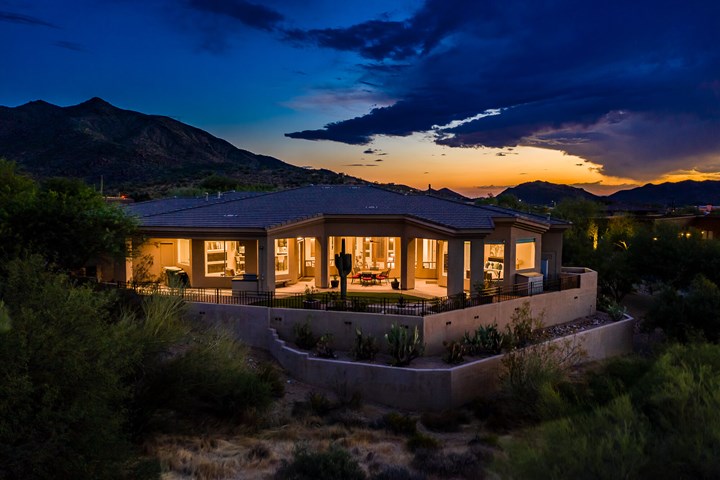
1. Choose the right time frame
Time plays an important role in the final outcome of a picture. It is advised to schedule a shoot during the daytime because you will get more natural light and brightness for your photos. Sunset is also a good time frame, as you will be able to capture another side of the house. Many people prefer to have their house's photos taken when the sun is down, make sure to discuss with them before scheduling. One more tip is that the sunlight should be behind the house to get the best lighting possible. You can download a few weather applications to plan your shoot right.
2. Examine the property before the shoot
Remember not to be rush. You need to learn about the structure of the property beforehand. Each property is unique and each requires a different mindset to capture the best shots possible. Before the actual shot, walk around, take 2-3 photos of each room, the backyard, the front and back of the house to get the feel of the place. You will get an idea of what to do next.
Consider what features are best to show in photos, what angles are the best for each place. This approach will help you determine the details, and also can save you time. Moreover, this is also a way to indicate the house is ready for the shoot.
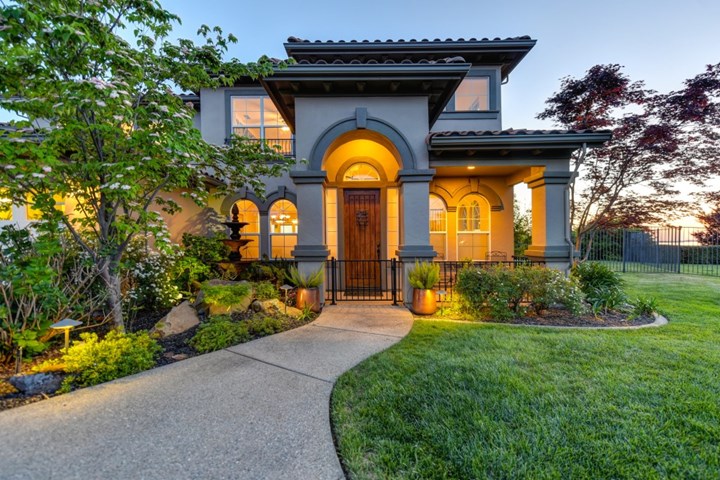
3. Lights on or off? Curtains? Windows?
Always remember that natural light is the best no matter what lights you have. No artificial light sources can replace the sun. Natural light will make your photos as realistic as possible, and the clients will see how the house actually looks. Turning lights on tends to make space feel warmer and more welcoming instantly. But it introduces varying color temperatures. You will need to adjust the white balance when post-processing. Leaving lights off gives you an even light temperature. But it also often gives off a cold feeling in real estate photos.
Take one property at a time and closely inspect them to get the best decision. If a property has big windows, it is best that you open the curtains for natural sunlight. In case a property doesn't have much natural light, enhance the effect of natural light with LED panels and reflectors. It will help you highlight important details, such as metal, wooden or textile elements of furniture.
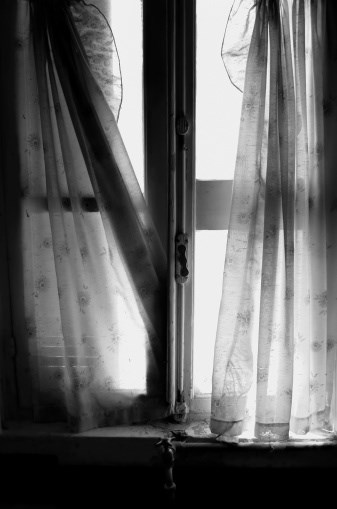
4. Choose a full-frame camera with wide-angle lenses
Having the best camera for real estate photography is the key to your success. Full frame cameras are often used by professional real estate photographers. They are perfect for this type of shooting. A cropped-sensor camera can’t get a lot of light and full-frame cameras cope with this task perfectly. If your budget is limited, choose any camera with interchangeable lenses. This way you can make any, even the simplest camera body, more professional.
To take professional real estate photos, you must use good lenses that aren’t fixed. They play a bigger role than a camera itself. The main task of a photographer is to move around the object quickly and cover the maximum space. Choose wide-angle lenses. They will help you visually enlarge the room and create a more comfortable and inviting look.
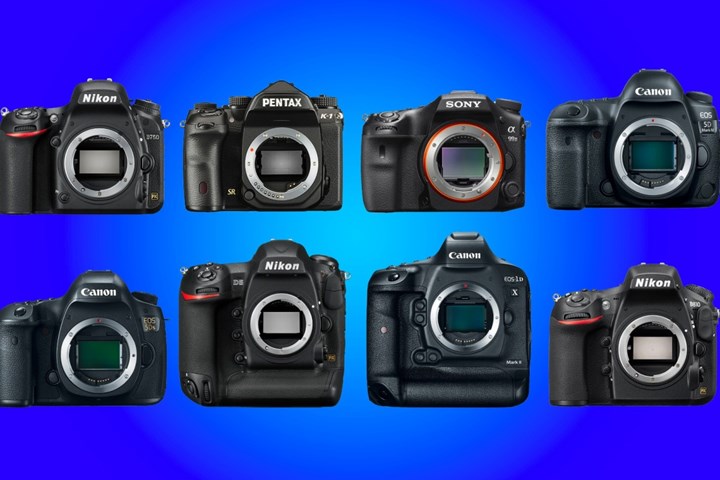
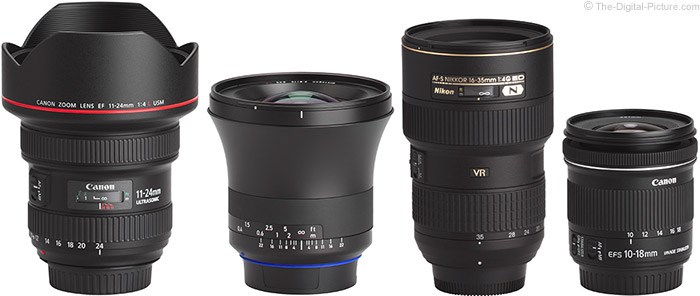
What are some tips to keep in mind during the photoshoot?
1. Declutter
Decluttering is one of the most important real estate photography tips. You need to ask the real estate agent that is in touch with the homeowners.
We get used to a bit of clutter building up overtime at our houses. But all the small items that we don’t normally notice will stand out in a photo. Make sure to let the homeowners know that keeping the surfaces clean—countertops, coffee tables, desks, etc - is very crucial. If you want to put some decorative items, leave 1-3 items. In shooting interiors, don’t capture closets, unless they’re spacious or customized. At most times, a closet is a perfect spot to place all the small items until the photo shoot ends.
Sometimes you’ll arrive at the home, and there’s still clutter that you know will not look appealing in the photos. There’s nothing wrong with suggesting to hide a few extra things.
2. Walk Through
Each home is different. Getting a feel for space before picking up the camera will give you an idea of how you want to proceed. You’ll start to note the best angles and what small items you may need to move. Additionally, it lets you know which spaces are ready for you. And which rooms may need a few more minutes of tidying up. Knowing this will let you know in what order you’ll want to start taking real estate photos. Getting a notepad and take notes is highly recommended. It would make it easier for you to organize the rooms before you do your photography work.
3. Use flashes
Flashes are among the most essential but often overlooked in real estate photography. They are invaluable, especially when taking photos in places that have low lighting. Add external flashes to your residential photography toolkit. External flash is highly recommended because built-in flash is not enough to take professional images
There are two main types of flashes: Monolights and flashguns. Flashguns are more affordable so you start with those. As you become more experienced and get to take pictures of more spacious properties, moonlights would be the best option since they have a brighter light output.
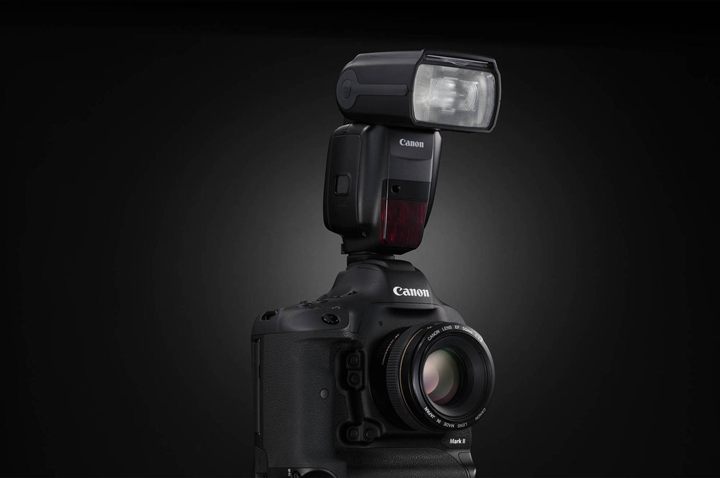
4. Bring essential accessories and preparing for the shoot
Preparation is the most important when it comes to real estate photography. There is nothing finding out that something isn’t working during the shoot. Always take your charger. A dead battery is a dead shoot. We also recommend you get a grip so you can get an additional battery. If you have a secondary camera, it would be a good idea to bring that with you as well.
Prepping your photography gear will include things like charging all batteries, formatting your memory card, packing up your bag. Make sure to look up the address to have enough time for the travel. If you have backup gear that you’re able to take with you, be sure to pack those items as well
5. Always look for creative angles
Do not photograph the interior of the room from the corner. Such photos look very trivially. Try to find more interesting, unusual angles. This is a very important thing in the real estate photography business. Also, do not forget to pay attention to details.
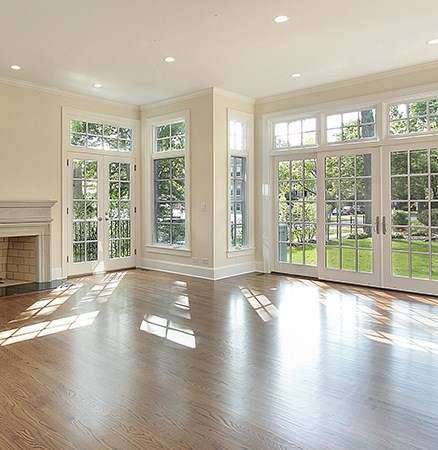
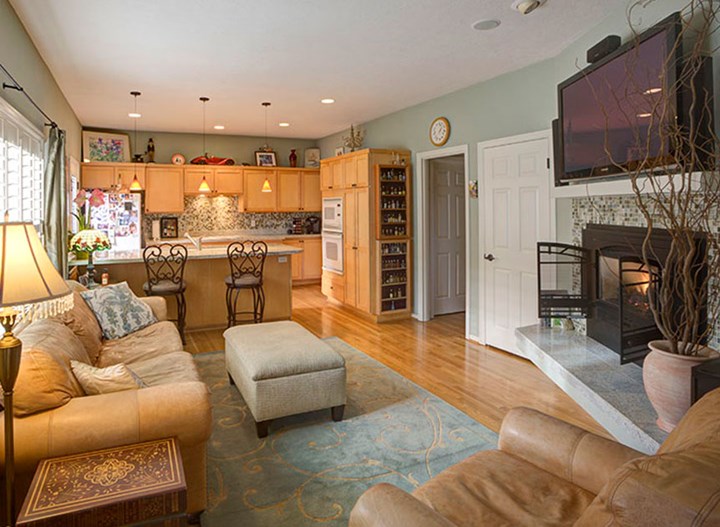
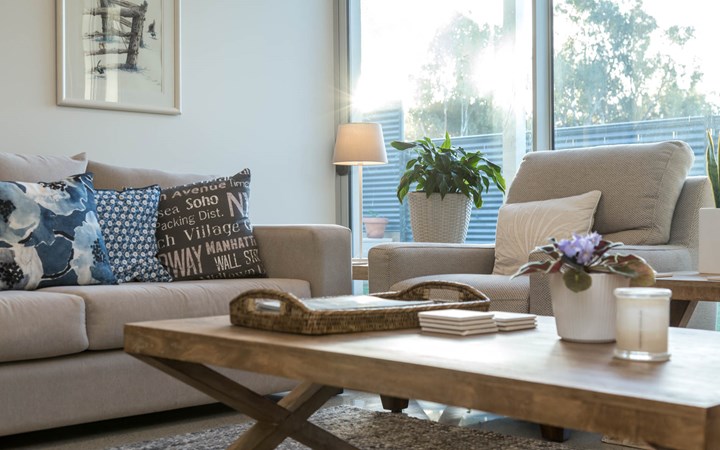
Now comes the fun part, post-editing. It's clear that you will need to work on those pictures before sending them off to the real estate agents. So how do you start? Check out our photo editing blog posts so you can have a better idea of what to expect and how to do the editing part.
Conclusion
In the end, it all depends on your experienced and how well you prepare your shoot. To make a living out of real estate photography, maintaining consistency in your process is a must. The Real Estate industry is driven by location, price, and timing. Communication with the agent who hired you is the key to make sure you get your images to them in time for the deadlines they may have.
Don’t stress out too much over photography equipment when you first start. You don’t need fancy equipment to capture aesthetic real estate pictures. With the real estate photography tips discussed above, you are on your way to creating a full and consistent portfolio!
Here at CosyFoto, we specialize in all aspects of photo editing, especially in real estate photo services. Contact us today to get a free consultation!

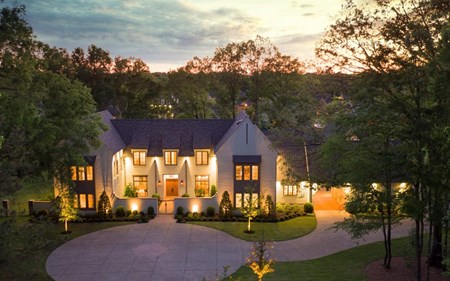 alt="">
alt="">
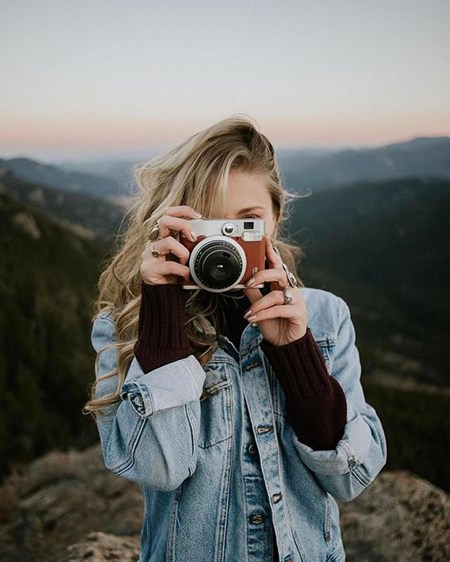 alt="">
alt="">
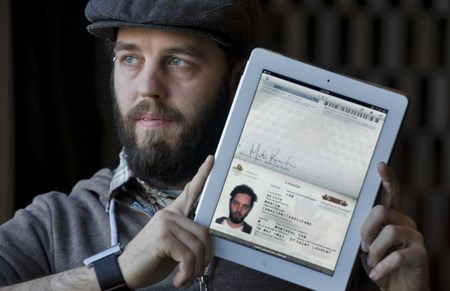 alt="">
alt="">
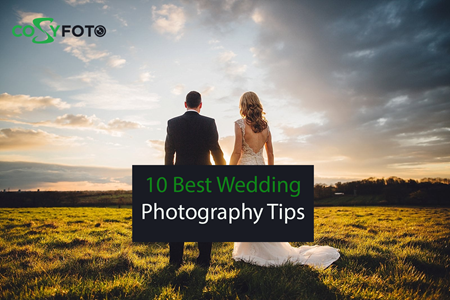 alt="">
alt="">
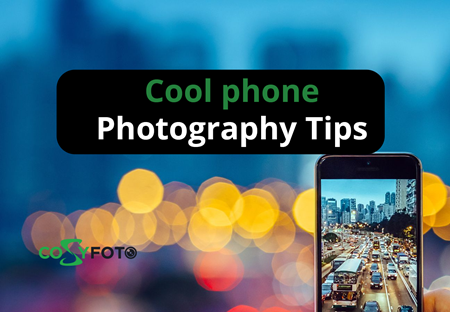 alt="">
alt="">
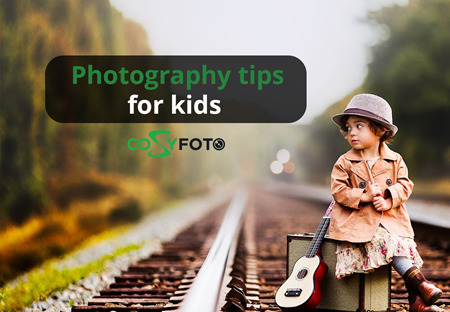 alt="">
alt="">
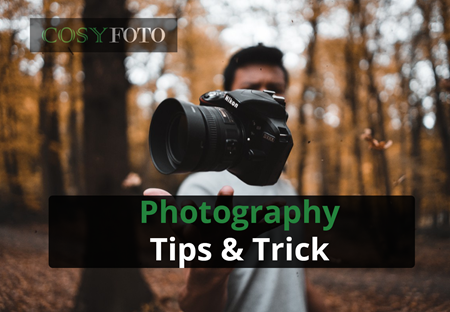 alt="">
alt="">
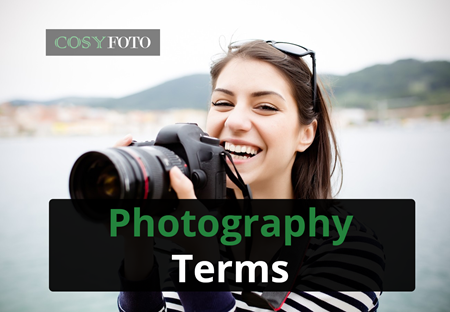 alt="">
alt="">
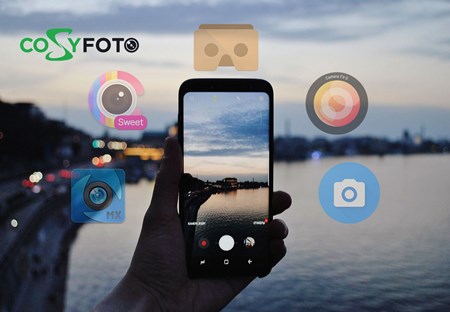 alt="">
alt="">
